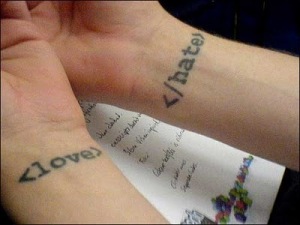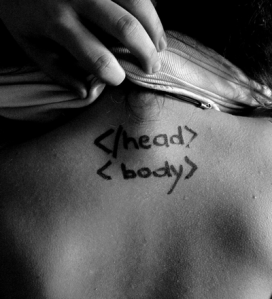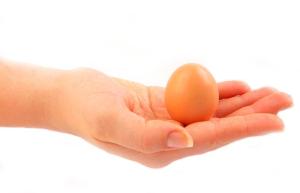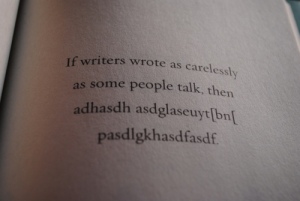Here are 5 free online advertising campaigns to promote your home business or small business:
E-mail Marketing. Build up a listing of people who have bought from your store or prospective customers who have shown interest in your products. When you launch a new item or hold a sale in your shop, send them an e-mail. Be sure to include an “Unsubscribe” button so recipients can simply unsubscribe themselves from your list if they do not wish to receive your updates. Marketing e-mails sent to the right people, for the right purpose and at the right time will not be taken as "spammy".
Online Press Releases.Do you have an interesting new story that involves your business? If yes, create a news item and distribute it to free press release websites. A lot of people subscribe to news updates from various feeders and sources so it’s a great way to get more exposure at no cost.
Giveaways. Host a giveaway on your blog or sponsor a giveaway through your favorite blogger. Everybody loves to win something! It doesn’t really matter if it’s a $20- or a $100-worth item. As long as it’s something special in your store, people will love to win it! Giveaways are a sure way to invite more people to check you out.
Blog Advertising. Having your own blog makes it easier for people to find your business and get to know more of what it’s all about. It helps build recognition and trust because people can check your background as a seller. Blogging promotes positive interaction- making way for friendships, better customer relationships, and a better way to meet new prospects.
Other bloggers will often introduce you to their readers or spread the word about your shop at no charge- especially if they LOVE what you sell. Find bloggers who does interviews! Q&A’s are a wonderful means to reach out to your market.
You can also check out blog advertising networks. Here, you can find bloggers who can post a review on their blogs for a small fee. It’s a great way to improve your search engine ranking because you can choose your own target keywords and have them linked to your website.
You can also check out blog advertising networks. Here, you can find bloggers who can post a review on their blogs for a small fee. It’s a great way to improve your search engine ranking because you can choose your own target keywords and have them linked to your website.
Online Directories. Submit your business website’s URL to free online directories like DMOZ. The Open Directory Project is a human-edited directory so it can take from 2 weeks to several months to get your website reviewed. Be sure to read the rules and to select the right category to avoid getting rejected. What’s great about DMOZ is that they only accept quality sites so that other directories like Yahoo Search, Google, AOL Search, and other major search engines use it as a resource.
















